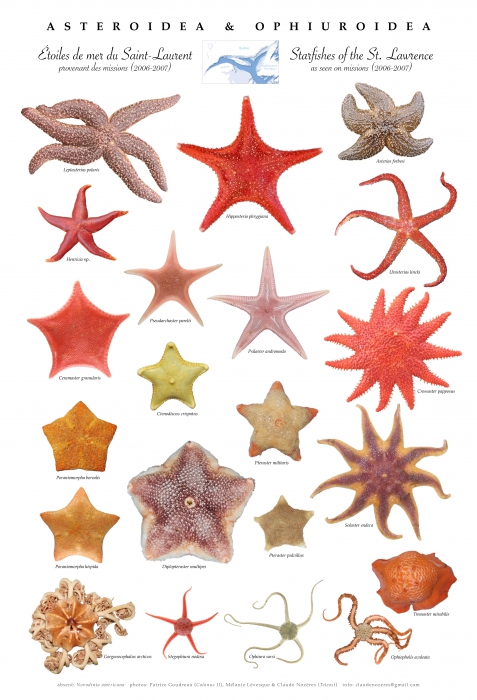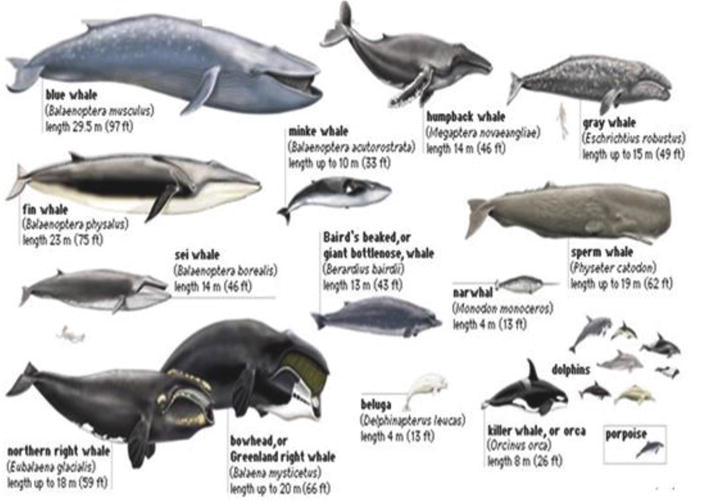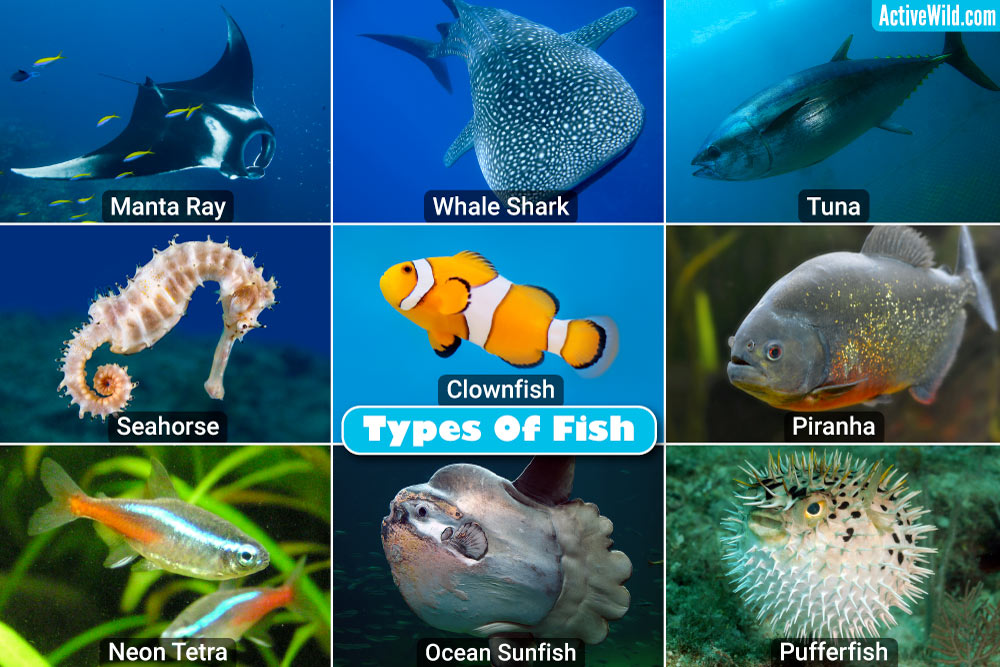The Enigmatic Starfish: Unveiling the Mysteries of the Sea’s Celestial Creature
The Enigmatic Starfish and Its Intriguing Nature ===
The starfish, also known as the sea star, is an enigmatic creature that has fascinated humans for centuries. With its unique anatomy, diverse species, and astonishing abilities, the starfish remains a celestial mystery of the sea. From their vibrant colors and intricate patterns to their impressive regenerative powers, starfish continue to capture the imaginations of scientists, artists, and nature enthusiasts alike. In this article, we will delve into the intriguing world of starfish, unveiling their mysteries, and shedding light on their captivating nature.
===Anatomy of a Starfish: Unraveling Its Unique Features===
The anatomy of a starfish is truly remarkable. Unlike most creatures, starfish do not have a centralized brain; instead, they possess a simple nervous system distributed throughout their bodies. Their bodies are shaped like a star, with arms radiating from a central disk. These arms are covered in spines, which serve various purposes, including protection and locomotion. Starfish also have tube feet on their undersides, which they use for gripping onto surfaces and capturing prey. These unique features make the starfish an extraordinary creature to study and understand.
===Diversity of Starfish Species: A Multitude of Colors and Shapes===
The world of starfish is a vibrant one, with a multitude of species exhibiting an array of colors and shapes. Some starfish are brilliantly colored, sparkling in hues of blue, purple, orange, and red, while others exhibit more muted tones. Their bodies can take on various shapes, ranging from the classic five-arm star shape to more intricate and unusual forms. Each species has its own distinct characteristics, making the exploration of starfish diversity a captivating journey for marine biologists and nature enthusiasts.
===Reproduction and Lifecycle: The Fascinating Journey of a Starfish===
The reproduction and lifecycle of starfish are equally fascinating. Starfish have separate sexes, and reproduction can occur both sexually and asexually. In sexual reproduction, male starfish release sperm into the water, which is then taken in by female starfish to fertilize their eggs. The larvae that hatch from these eggs go through a series of developmental stages before transforming into miniature versions of adult starfish. Asexual reproduction in starfish involves the regeneration of lost limbs, with each severed arm capable of growing into a new individual. This intricate lifecycle adds to the allure of these celestial creatures.
===Ecosystem Role: Understanding the Impact of Starfish on Marine Life===
Starfish play a crucial role in maintaining the balance of marine ecosystems. As predators, they feed on various organisms, including mollusks, coral, and other invertebrates. By controlling the populations of these prey species, starfish help prevent overgrowth and maintain the health of coral reefs and other habitats. They also serve as a source of food for other marine animals, contributing to the intricate web of life in the ocean. Understanding the impact of starfish on marine life is essential for conserving these ecosystems and the species that depend on them.
===Regeneration Abilities: The Astonishing Power of Starfish===
One of the most astonishing characteristics of starfish is their ability to regenerate lost body parts. If a starfish loses an arm, it can grow a new one in its place. This remarkable ability is made possible by specialized cells called blastemal cells, which have the ability to differentiate into various tissues and structures. Not only can starfish regenerate arms, but some species can also regenerate an entire body from a single arm. This incredible power of regeneration has sparked the interest of scientists and holds immense potential for medical research and advancements in regenerative medicine.
===Feeding Habits: Unveiling the Diet of the Celestial Creature===
Starfish are opportunistic feeders, consuming a wide variety of prey based on their surroundings and availability. Their feeding habits vary across species, with some starfish primarily feeding on algae and organic detritus, while others are specialized predators that actively hunt for small animals. The feeding process involves the starfish extending their stomachs outside their bodies to engulf and digest their prey. This unique feeding mechanism allows them to consume organisms much larger than their mouths, making starfish efficient predators in their marine habitats.
===Defense Mechanisms: How Starfish Protect Themselves===
Despite their seemingly delicate appearance, starfish have developed various defense mechanisms to protect themselves from predators. One such defense is their ability to regenerate lost limbs, detaching them as a distraction while quickly growing new ones. Some starfish also have sharp spines on their bodies, which serve as a deterrent to potential predators. Additionally, starfish can expel their stomachs outside their bodies, enveloping their attackers and releasing digestive enzymes to incapacitate them. These defense mechanisms highlight the starfish’s adaptability and survival strategies in the harsh marine environment.
===Habitat and Distribution: Where to Find These Mysterious Creatures===
Starfish inhabit a wide range of marine environments, from shallow coastal waters to the depths of the ocean. They can be found in all the world’s oceans, from tropical to polar regions, showcasing their adaptability to various habitats and conditions. Some species prefer rocky or coral reef habitats, while others thrive in sandy or muddy seabeds. Depending on the species, starfish may dwell in intertidal zones, where they are exposed to air and water during tidal changes, or in deeper waters where they are sheltered from direct sunlight. Exploring these habitats is key to discovering the diverse and mysterious world of starfish.
===Threats to Starfish: Environmental Challenges and Conservation Efforts===
While starfish have been able to survive in various marine environments for millions of years, they are not immune to threats. Pollution, habitat destruction, overfishing, and climate change pose significant challenges to starfish populations. In recent years, certain regions have experienced mass starfish die-offs due to disease outbreaks, causing concerns about the long-term survival of these celestial creatures. Conservation efforts are essential to protect starfish and their habitats, including the establishment of marine protected areas, reducing pollution, and promoting sustainable fishing practices. By addressing these threats, we can safeguard the future of starfish and the biodiversity of our oceans.
===Cultural Significance: Starfish in Art, Mythology, and Symbolism===
Throughout history, starfish have held cultural significance in various societies. In art, starfish have been depicted in paintings, sculptures, and jewelry, symbolizing beauty, tranquility, and connection to the sea. In mythology and folklore, starfish are often associated with stories of transformation, regeneration, and guidance. Different cultures have linked starfish to concepts such as love, good fortune, and protection. Their unique appearance and abilities have also made them a popular symbol of inspiration and resilience. The cultural significance of starfish showcases the deep connection between humans and the mysterious wonders of the sea.
===Future Research: Exploring the Remaining Mysteries of Starfish===
Despite significant scientific advancements, there are still many unanswered questions about starfish. Researchers continue to explore the mysteries of starfish, seeking to understand their complex behaviors, communication methods, and the intricate mechanisms behind their regenerative powers. Additionally, further investigations into the impact of environmental changes on starfish populations and the effectiveness of conservation efforts are vital for their long-term survival. With ongoing research, we can continue to unravel the enigmatic nature of starfish and gain insights that will help protect these celestial creatures and the delicate marine ecosystems they inhabit.
The Enigmatic Starfish: A Celestial Wonder of the Sea===
The starfish remains one of the most intriguing and captivating creatures of the sea. With their unique anatomy, diverse species, astonishing abilities, and cultural significance, starfish continue to inspire awe and wonder. Exploring the mysteries of starfish brings us closer to understanding the complexity of marine life and the delicate balance of our oceans. By appreciating and protecting these celestial beings, we not only safeguard the biodiversity of our planet but also deepen our connection with the vast and mysterious world beneath the waves.



